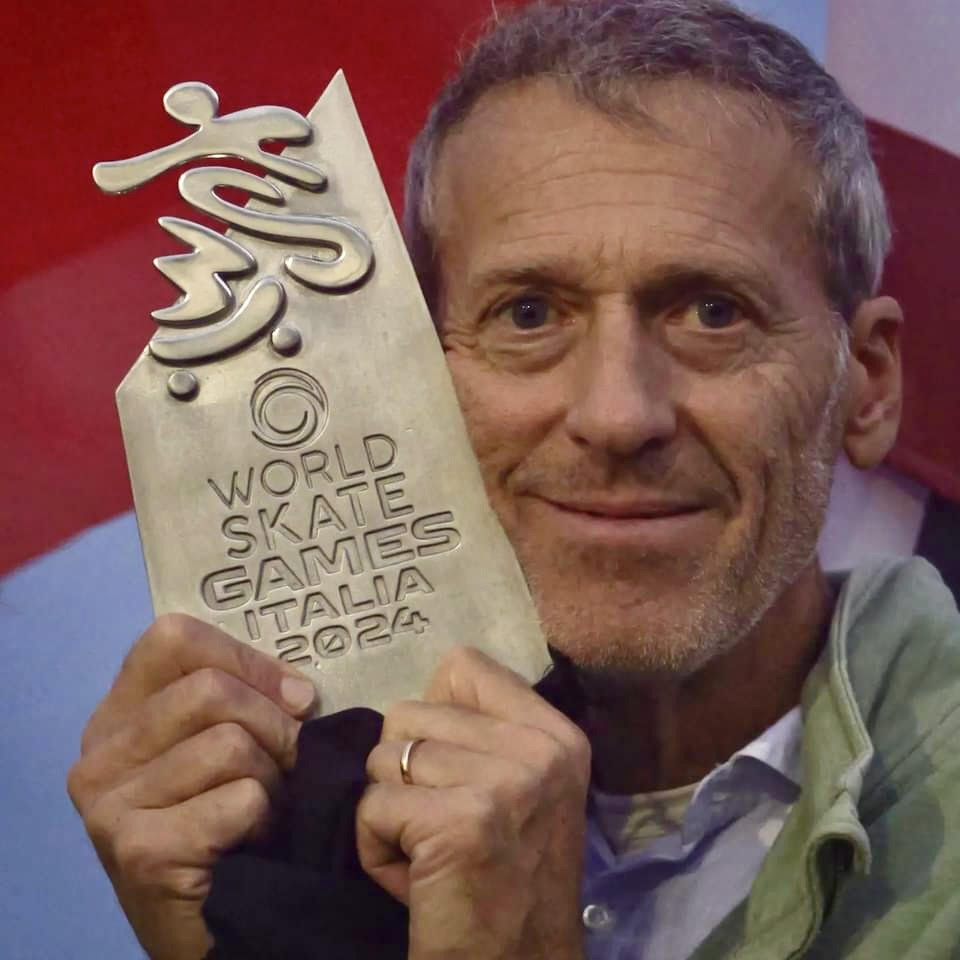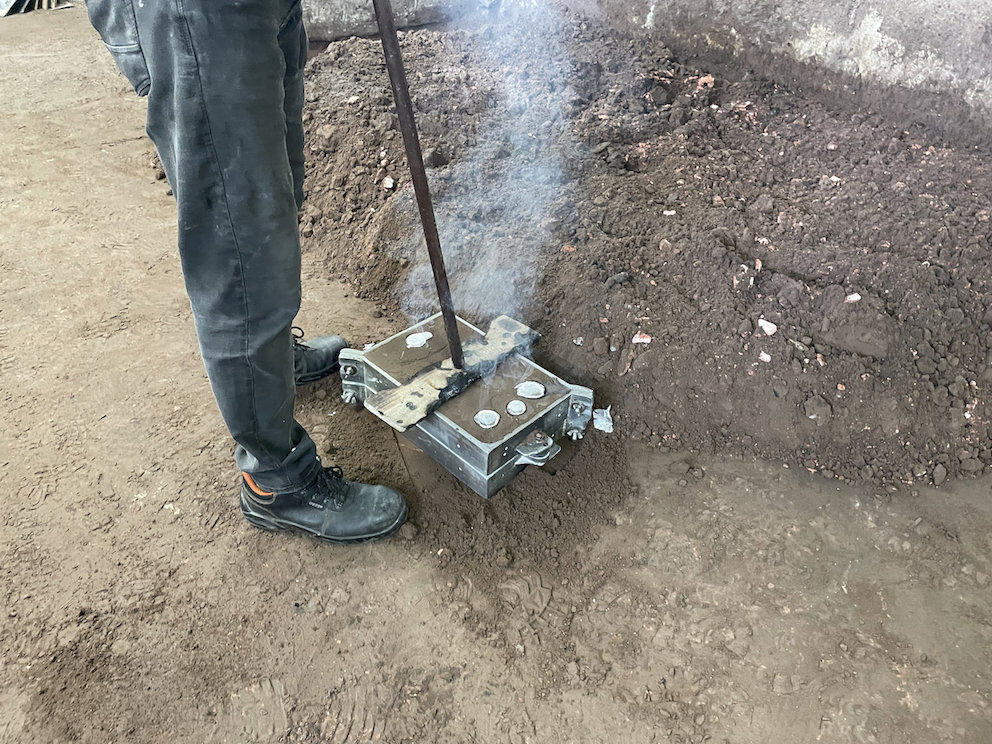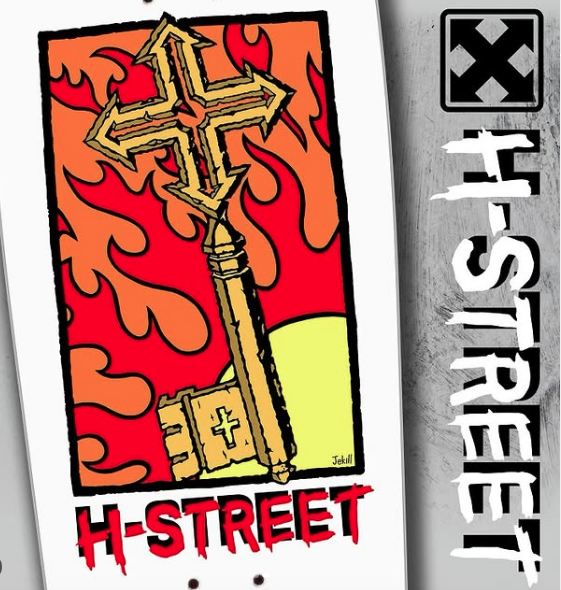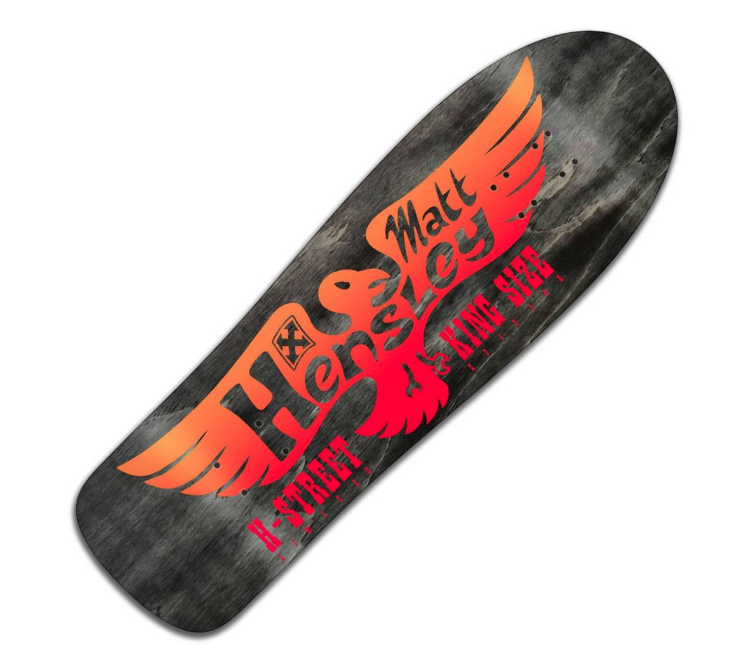Skateboarding, for all its global reach these days, can still be a small world. As with every year, local artist and skateboarder Francesco ‘Jekill’ Albertini was once again commissioned to create the awards for WST World Cup Rome 2025.
One of the O-est of Italian OG’s, Jekill has quite the life story to tell, being- as he was- one of the graphic design forces behind his era’s giant board brands, H-Street Skateboards.
Buckle up as we zip back through the life story of the man behind some of the most iconic graphics in skateboarding- for people like Danny Way, John Sonner, Eddie Elguera, Matt Hensley, Ben Schroeder and Giorgio Zattoni- but one who is so low-key with it, that you probably never knew his name. Until now!
Ladies and gentlemen: meet Jekill.

You are one of the foundational generation of Italian skateboarding: can you give us a sense of how you started out?
Well, thanks. I can’t say- I was probably first of all really attracted by the ‘object’ of the skateboard. This wooden board with those aluminium instruments and then the wheels, the bearings. So simple, yet so advanced.
I learned what aluminium meant versus heavier iron by looking at skateboards. Then urethane wasn’t rubber, and so on. Even grip tape had a tremendous influence on me- how do the hell they glue those small black rocks over an adhesive film? And how cool is that!
I was 12, or 13 probably… pre ‘Pigs’ skateboards… and, well, as soon as they became 10 or 11 inches, lacquered and silk screened it became an obsession, a huge passion. 
You have created these new trophies for WST World Cup Rome- can you talk us through that process a little bit? Baseplates seem to feature heavily in the design, am I right in saying?
Well, Luca (Basilico) and I were talking about the new trophies every year, since he asked me if I was interested into creating them the first time, about two and half years ago.
Each time, we faced this thing about having a lot of stuff to be somehow written or carved onto the trophies. One time, we came up with the idea that maybe we should have used both of the sides of the ‘sculpture’; given that, last February I started to draw some sketches, and all of a sudden I started drawing a baseplate… it had two 'real' sides, it could stand up by itself without the need of any additional base as support- it felt super ‘sexy’right away, as trucks are made in aluminium.
I showed my sketches to Luca, we were both enthusiastic about the idea, then we had concerns that the design might have risked looking like this brand or that other one.
So, the task phase was to come up with a shape which was definitely a baseplate of a skateboard truck, yet, you couldn’t tell if there’s any correlation with the real brands out there. It wasn’t easy to develop the final design and mould; even the sand cast process has been quite challenging with all the letterings and contours involved.
I’m stoked to work with Luca on these things, as he really put trust into- and gave me freedom over- my proposals.

You moved to the US as a skate rat in the 1980’s and ended up designing graphics for some of the biggest names of that era- it sounds like an unbelievable story, can you share it?
Ohhhh… it would take ‘pages’ (laughs).
I don’t know- all I can say, is that the ‘American Dream’ concept exists, and I had one. You need a backpack, a sandwich, and a book full of commitment, ideas and dreams. They’ll give you all of the opportunities.
How does it feel as a graphic deigner to see your work blatantly ripped off by high fashion?
I wish the guys who own the rights over those artworks were more concerned over that. There’s not much I could think about. Anyway, it’s year two thousand and twenty-five… everything has been done already, somehow.

You’ve said in previous interviews that you are glad to see skateboarding bloom again post that 1992-era collapse. What are your thoughts on this event coming to your city in 2025?
I was really impressed by the first event two years ago. I simply couldn’t believe that was taking place for real. Before that, Willy (Zanchelli) and his family - who run the Spot Park in Ostia - already had some pretty massive events ten years ago or so.
They’ve done so much for skateboarding in Rome. What stokes me now, is seeing that the situation has become stabilised: we are an attractive place for international skateboarding. What a hype is that?

Post-skateboarding you worked at the very top end of advertising. Quite a career arc?
Yeah, kinda. In the end, communication and advertising were the soul of skateboarding graphics, and while working at H-Street I quickly realised how cool and fulfilling was to set up ad pages for the brand.

Give us some wisdom to take forward.
Make Vert ramps a bit smaller, and recreate differentiated walls with roll ins, channels, higher and lower ends. Vert was were skateboarding saved itself.
Vert will always be were skateboarding will reconnect with itself: wood, paint, screws and pain.
Everyone can nail those together and have one.
